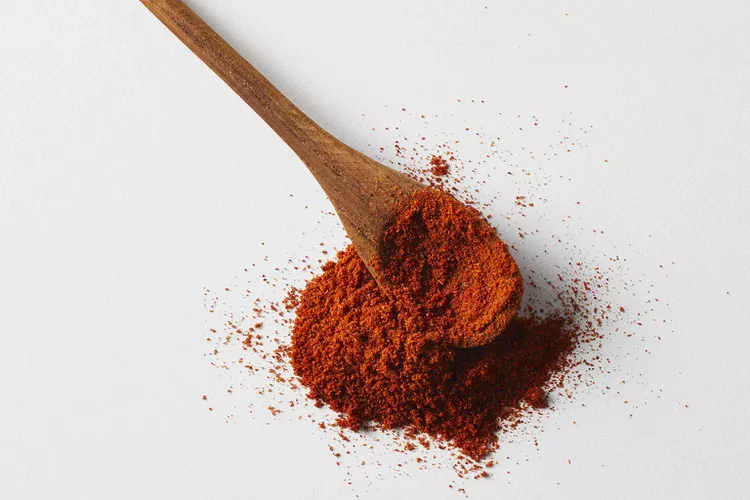Nov . 20, 2024 09:33 Back to list
different types of dried chiles products
Different Types of Dried Chiles Products
Dried chiles are a staple in many cuisines around the world, prized for their ability to enhance flavor and add a distinctive kick to dishes. From Mexican salsas to Indian curries, the versatility of dried chiles is unmatched. This article will explore various types of dried chile products, their unique characteristics, culinary uses, and how to incorporate them into your cooking.
1. Ancho Chiles
Ancho chiles are the dried version of the poblano pepper and are one of the most popular dried chiles in Mexican cuisine. They have a sweet, rich flavor with mild heat, making them perfect for sauces, salsas, and mole. Anchos can range from dark reddish-brown to nearly black, and their wrinkled skin adds to their rustic appeal. When rehydrated, they are often blended into a paste, which forms the base of many traditional dishes, imparting depth and complexity.
Guajillo chiles are another essential component of Mexican cooking. These dried chiles have a tangy and slightly smoky flavor with moderate heat. Their deep red color and smooth texture make them ideal for various sauces and marinades. Guajillos are often combined with anchos for a balanced sauce, creating a rich and flavorful base for enchiladas, tacos, and more. They can also be ground into powder and used as a spice in various dishes.
3. New Mexico Chiles
New Mexico chiles are known for their deep, earthy flavor with a bit of smokiness and moderate heat. They are often used in southwestern American cuisine and are perfect for chili con carne, cornbread, and stews. Dried New Mexico chiles can be found in various heat levels, allowing cooks to choose the right type for their recipe. They can also be rehydrated and pureed for salsas or sauces that need a robust flavor.
different types of dried chiles products

4. Pasilla Chiles
Pasilla chiles are another dried variety often used in Mexican cooking. These dark, wrinkled chiles have a rich, complex flavor profile that is both fruity and earthy. They are typically mild to medium in heat and work well in mole sauces, soups, and salsas. When using pasilla chiles, rehydration is important to bring out their full flavor. They can also be ground into powder to add depth to seasoning blends.
5. Chipotle Chiles
Chipotle chiles are smoked and dried jalapeño peppers, known for their intense smoky flavor and medium level of heat. They are commonly used in barbecue sauces, salsas, and marinades. Chipotles can be found dried or canned in adobo sauce, and both forms are valuable in the kitchen. When added to dishes, they lend a wonderful smokiness that enhances the overall flavor profile.
6. Arbol Chiles
Arbol chiles are small, bright red chiles known for their intense heat. With a sharp, grassy flavor, they are often used to add spice to salsas, sauces, and soups. While they can be added whole to dishes, they can also be crushed or ground to create a potent powder. When cooking with arbol chiles, it is essential to use them sparingly, as their heat can quickly overpower other flavors.
Conclusion
Dried chiles are a cornerstone of flavor in many culinary traditions, contributing heat, depth, and complexity. By understanding the unique characteristics of each type of dried chile, you can elevate your cooking and explore new flavors. Whether you're making a spicy salsa, a rich mole, or a warming chili, incorporating these dried chile products will undoubtedly enhance your dishes. Experimenting with different varieties and blending flavors will lead to exciting culinary adventures filled with vibrant tastes and aromas. Embrace the world of dried chiles and let them take your cooking to new heights!

